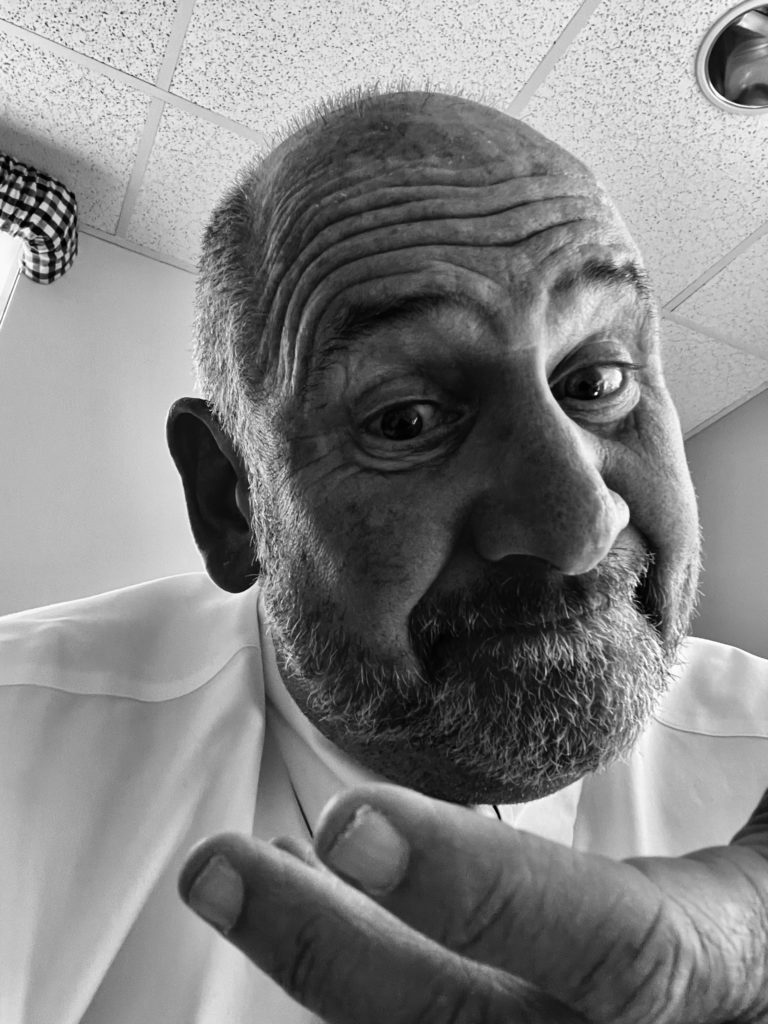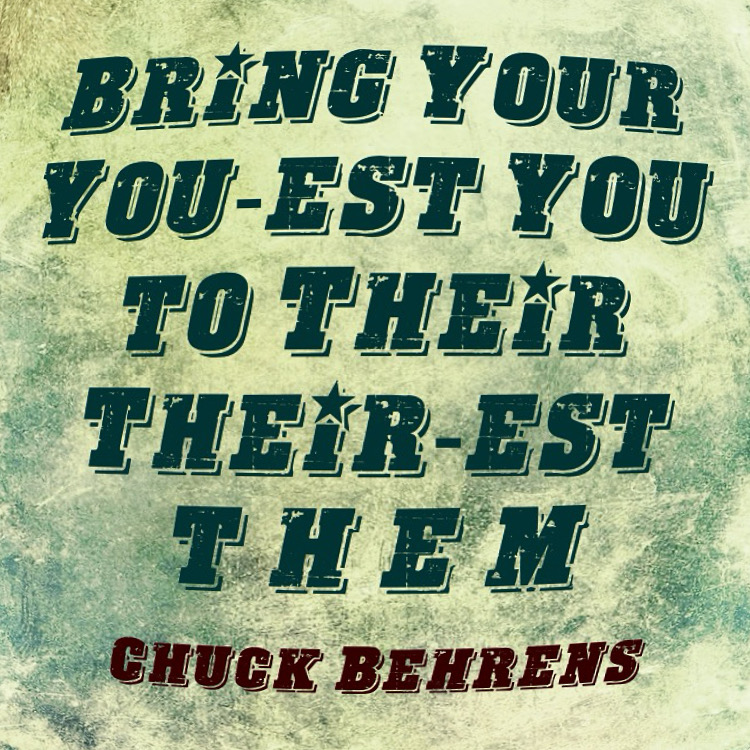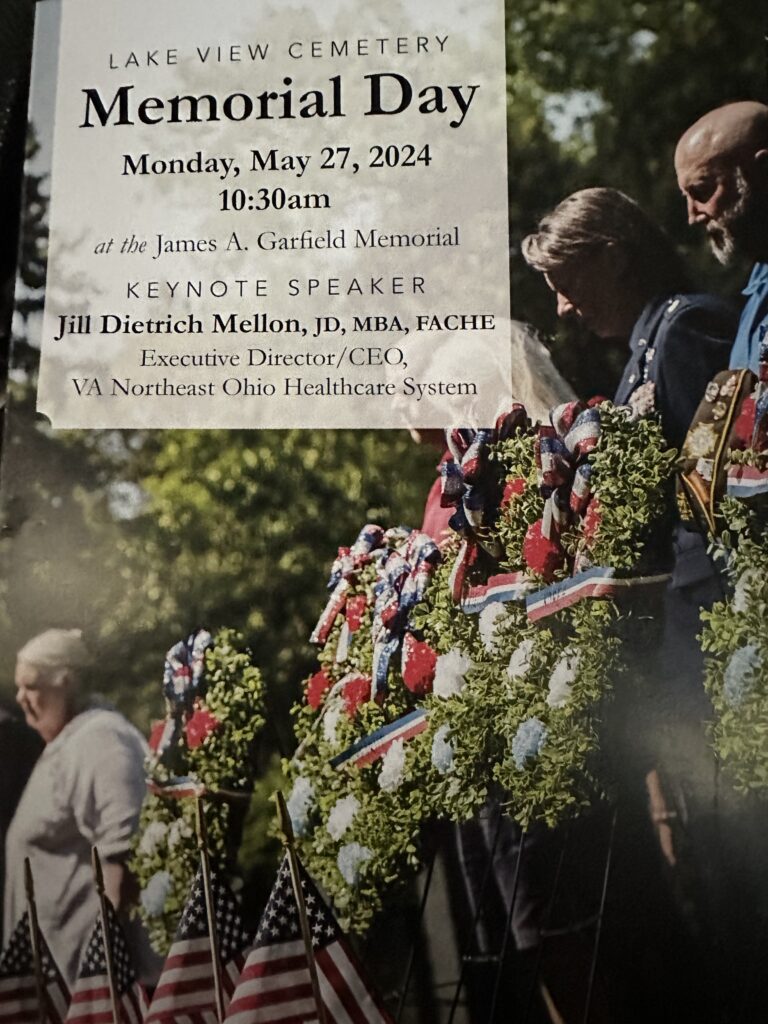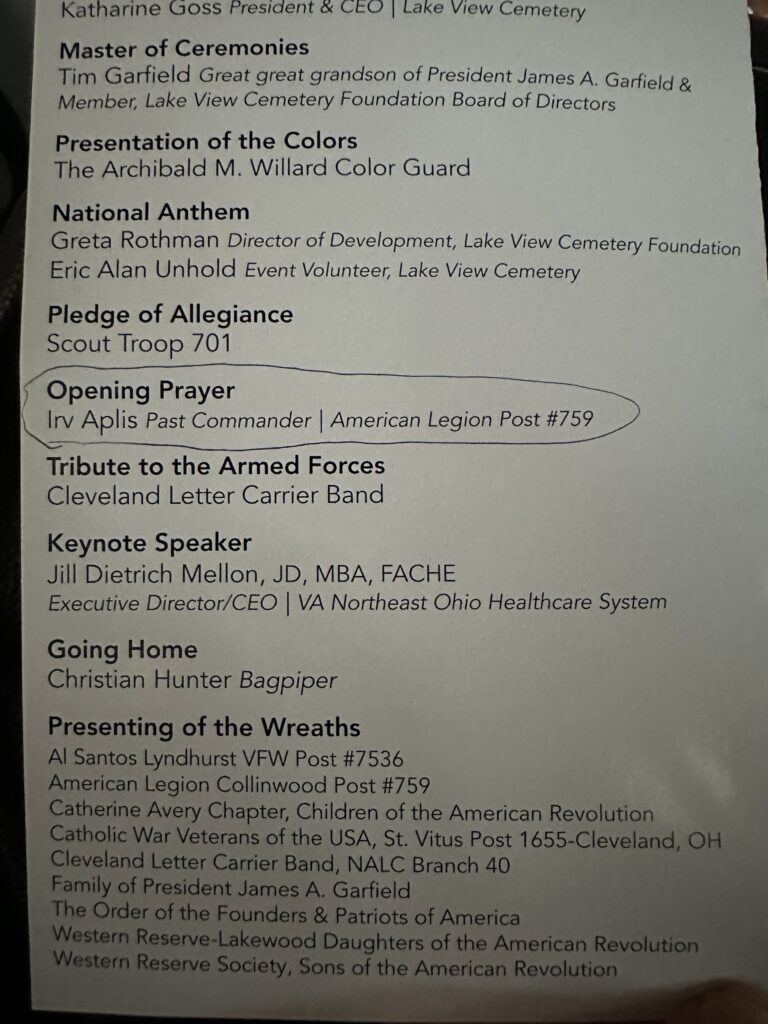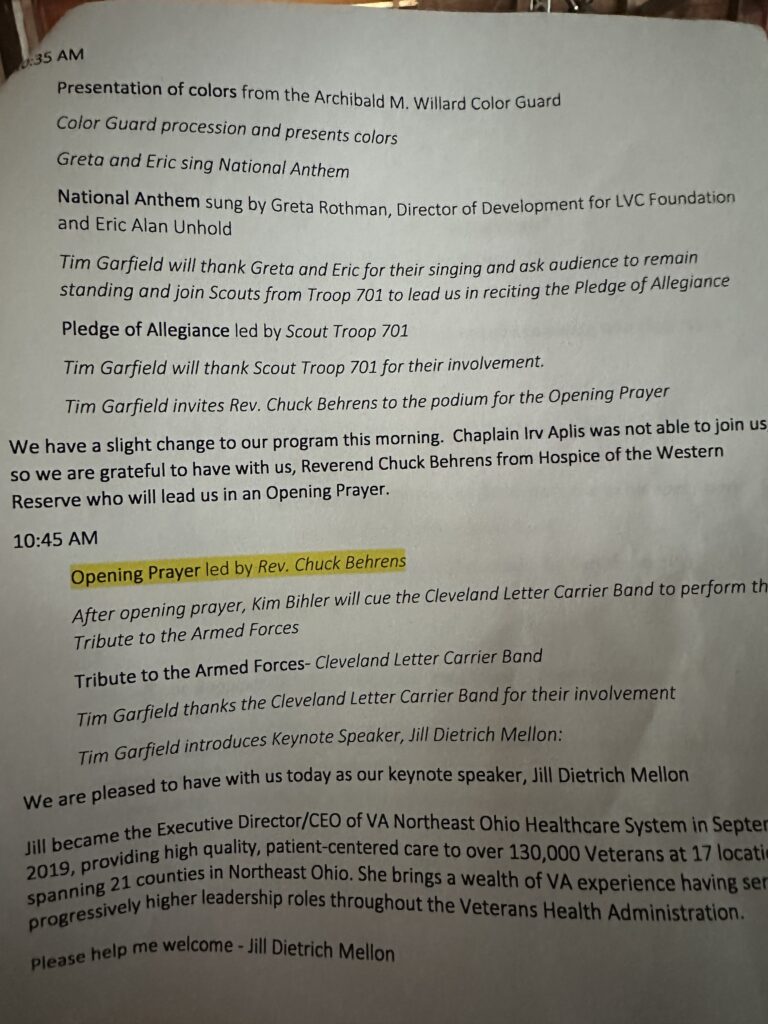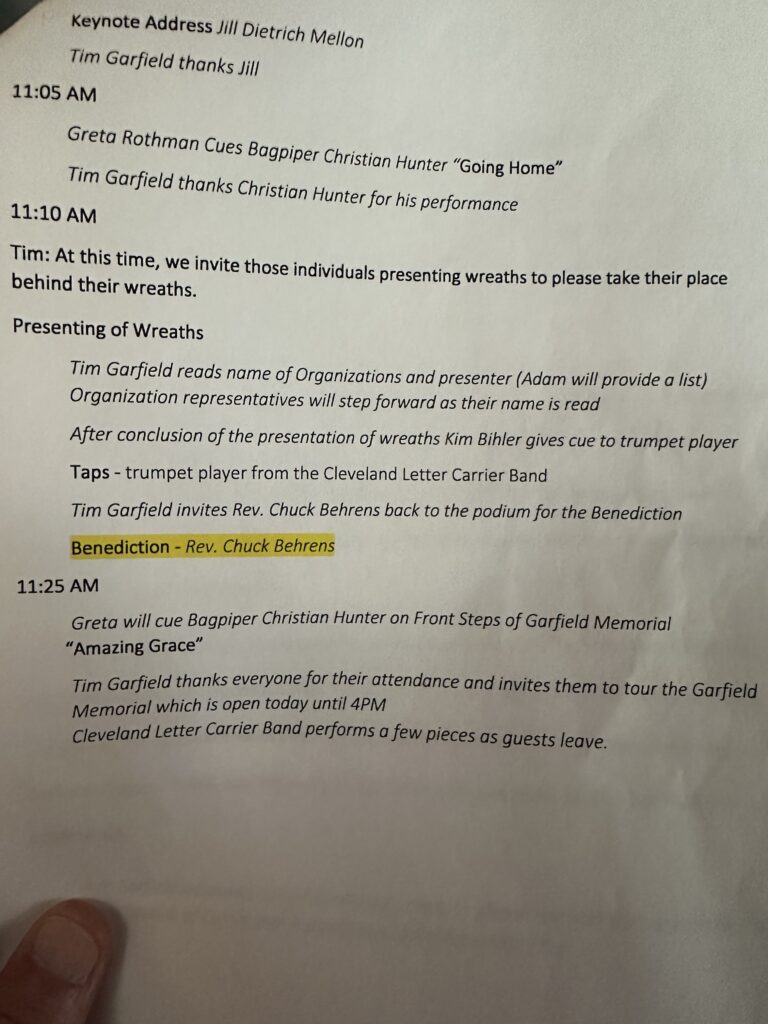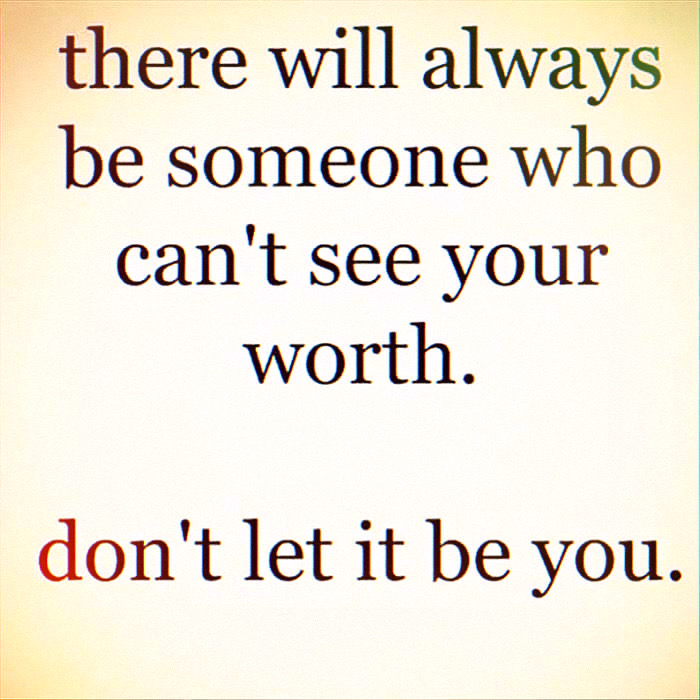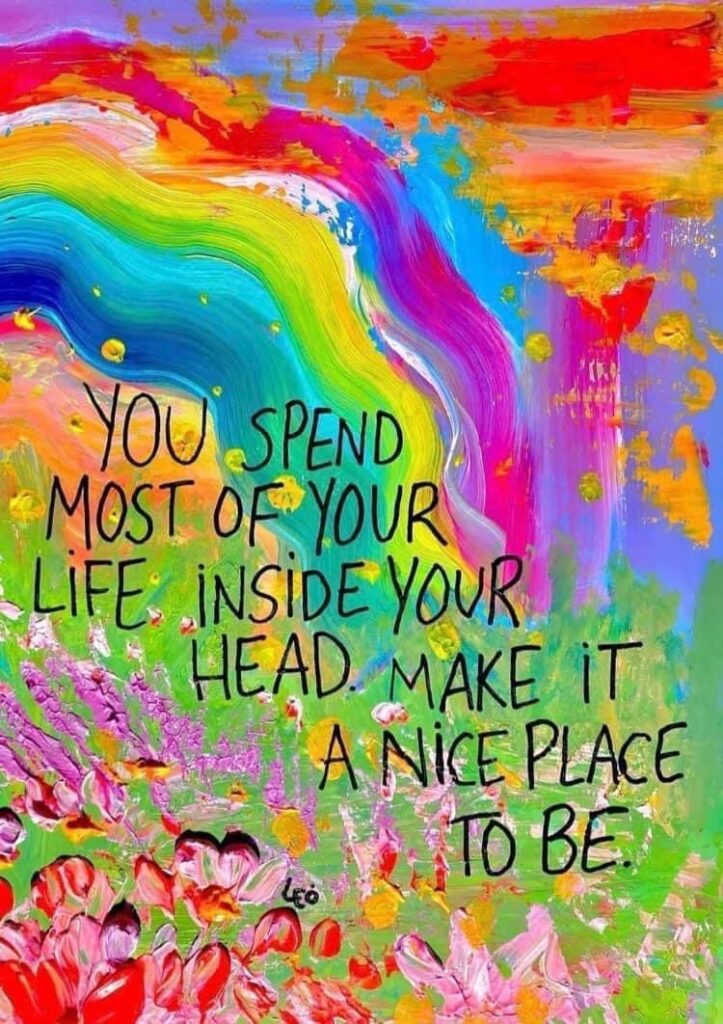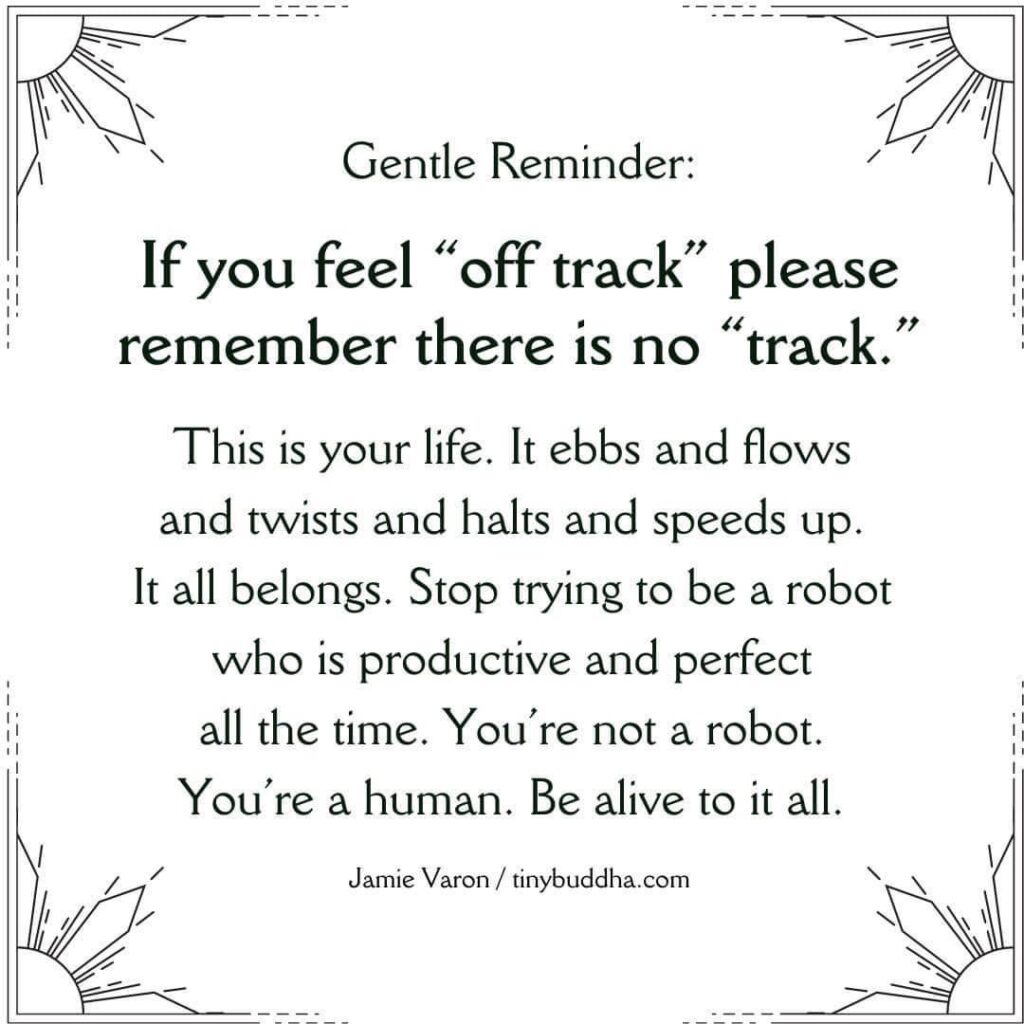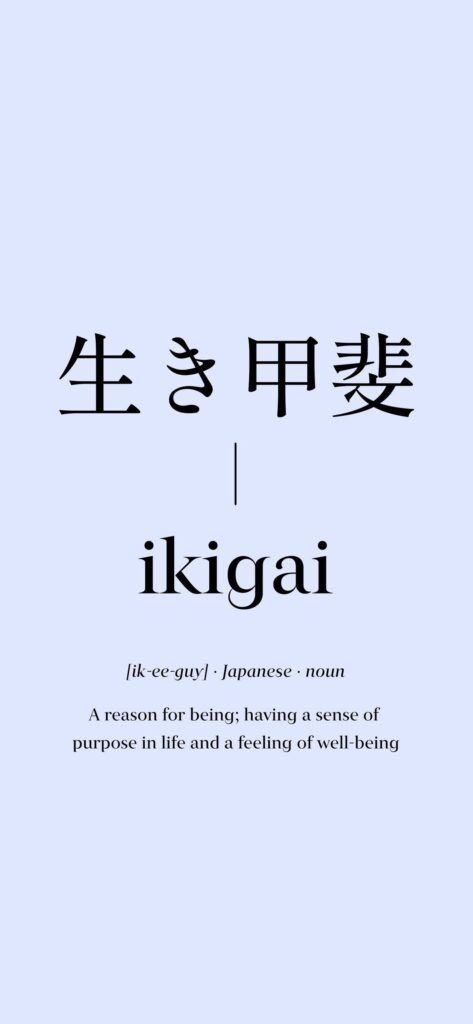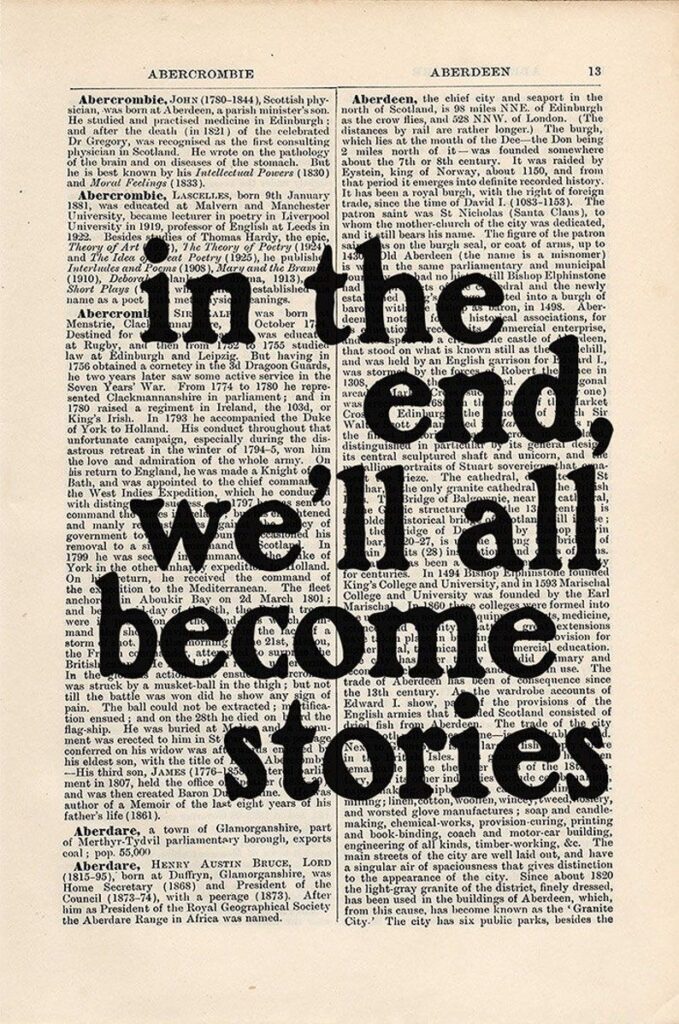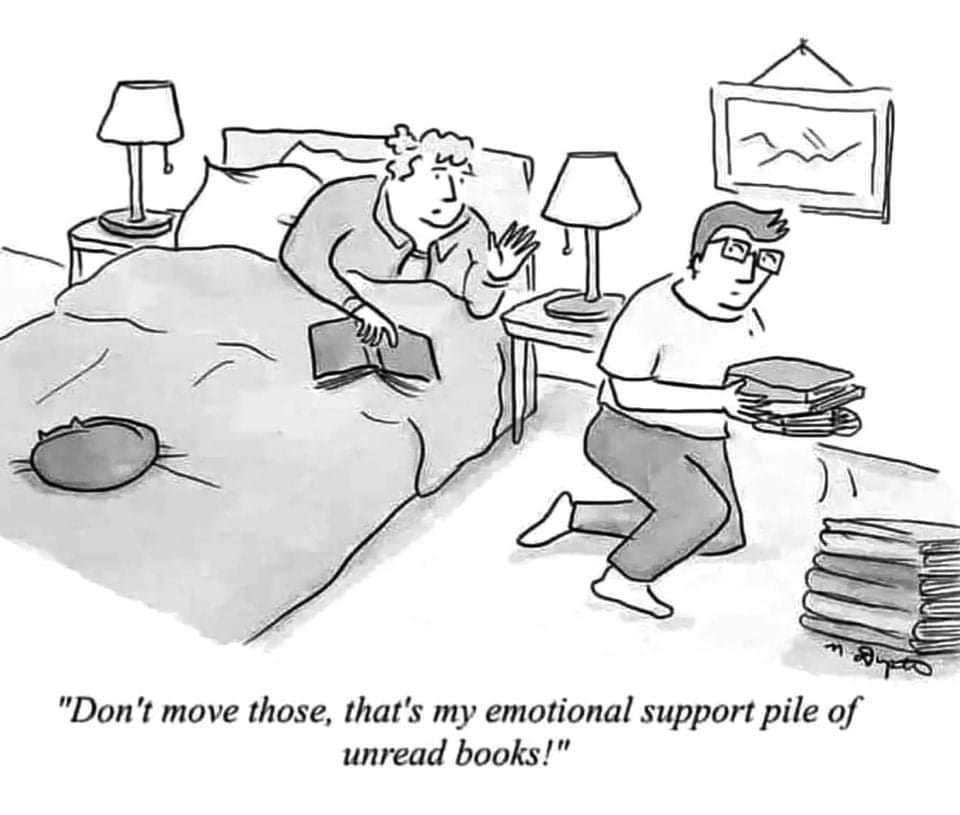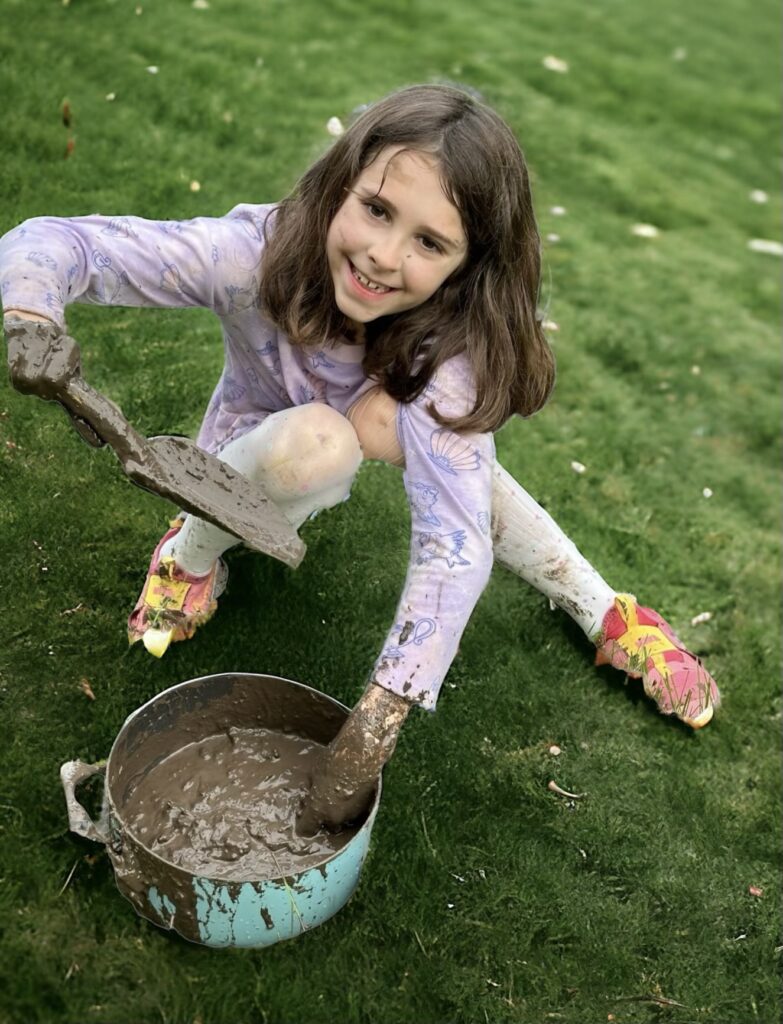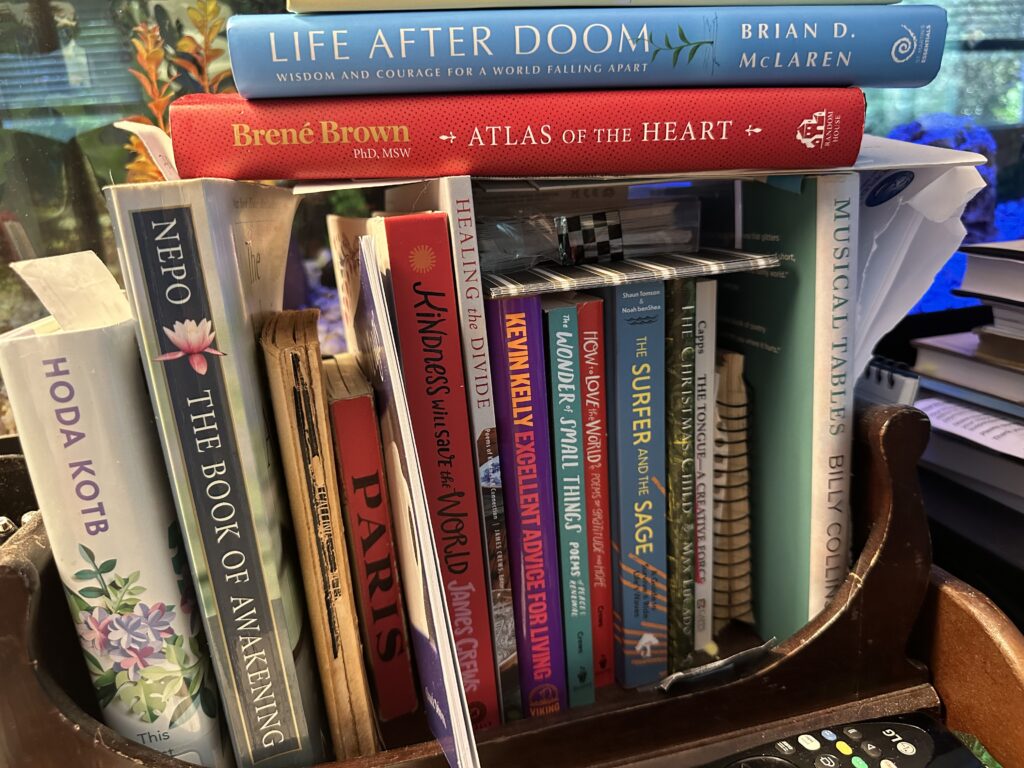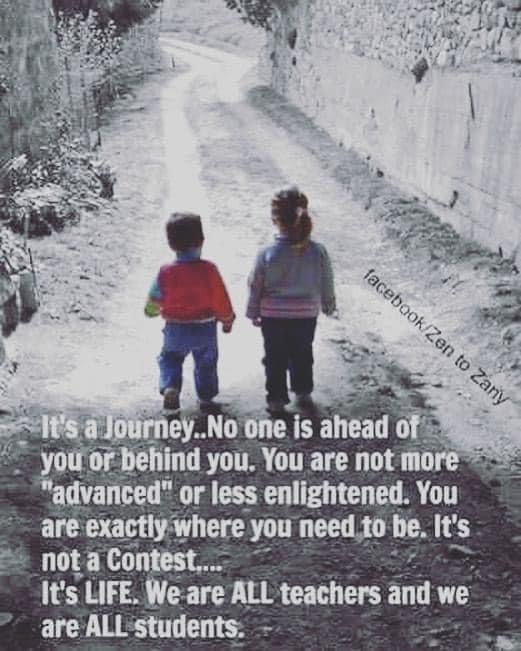SHE MAKES THINGS GROW
All ground is fertile
and she proved it
by taking what had no life
L I V E
She makes my soul her soil
when she digs deeply
and prunes, sharply
The ache is more of a yearning
Ahhhhhhhh
than a moaning Owwwwwwl
She makes things grow
out of nothingness
an Everythingness
hardly without notice
but never unnotable
This is a poem I wrote a little over a year ago. Its title is the one for my sixth chapbook that I wrote as a result of the SPRING poetry challenge that demanded 15 poems in 10 days that couldn’t exceed 15 lines. It had a different theme of the day where one or two poems could be written on that given theme. The theme for this poem on this particular day was
E M E R G E N C E
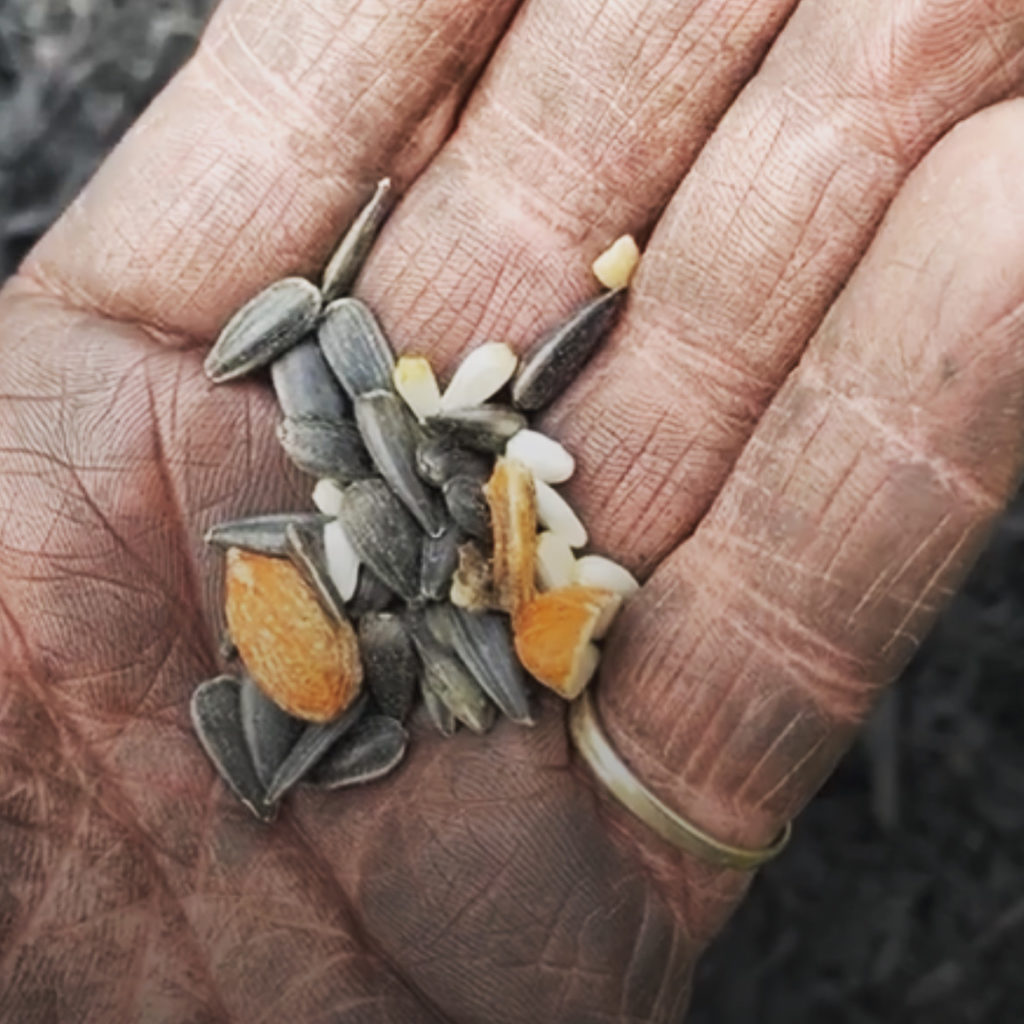
S E E D S
even in the most soiled of hands
have no chance of growing
no matter how warm the wish
or fervent the prayer
b u t
BRING WHAT YOU HAVE
(who you are)
TO WHAT YOU’LL SERVE
(who you love)
AND WHA-LA
You have a magical garden
 S U R P R I S E
S U R P R I S E
There’s no secret to a HAPPY MARRIAGE
I can’t give you the 12 STEPS TO SUCCESSFUL RELATIONSHIPS
But showing up each day
with the goal to be a
BETTER ME
for a
BETTER HER
has never failed me
and it has failed me horrifically
WHEN I HAVEN’T BEEN A BETTER ME
or at least not given it a better than
half of a chance. . .
 OUR BEST TIMES
OUR BEST TIMES
HAVE BEEN SOME OF
OUR ROUGHEST TIMES
(an ohhhh, there have been some severely rough times)
because soaked, shaken and jostled about
we’ve always ended up stronger, more invincible and
C L O S E R
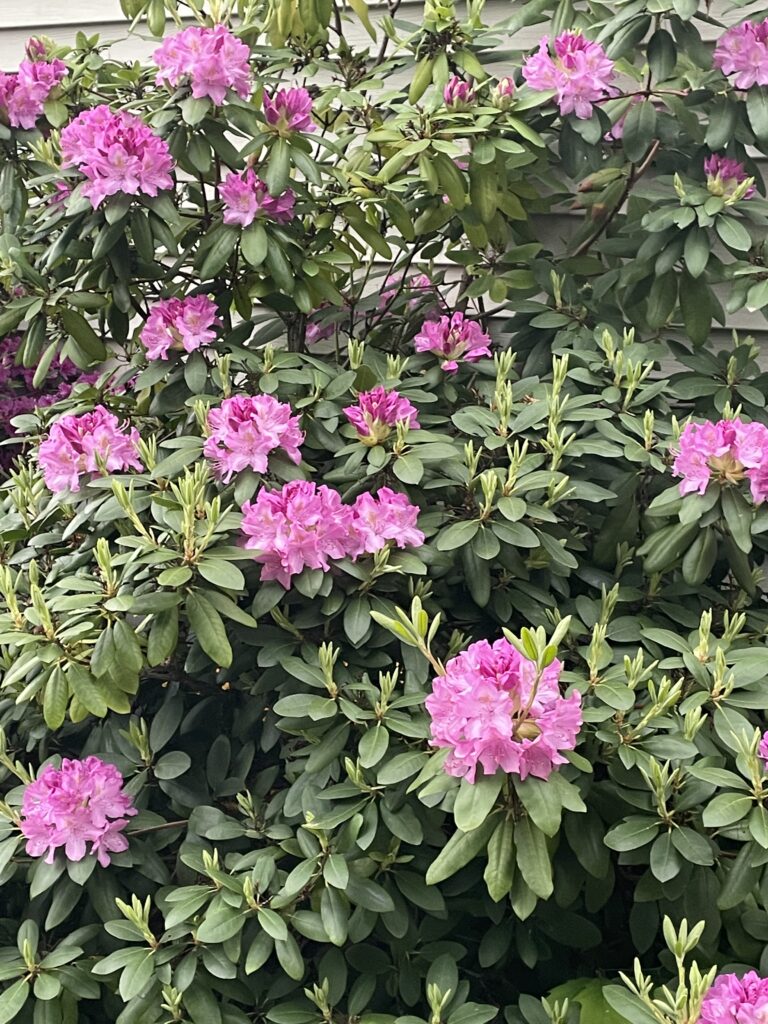 SHE MAKES THINGS GROW
SHE MAKES THINGS GROW
especially when I’ve given her
some-not-always-wanted-manure
and yet
that served as some of the richest fertilizer
to some of the
greatest growth
that could never really been imagined
. . .only experienced
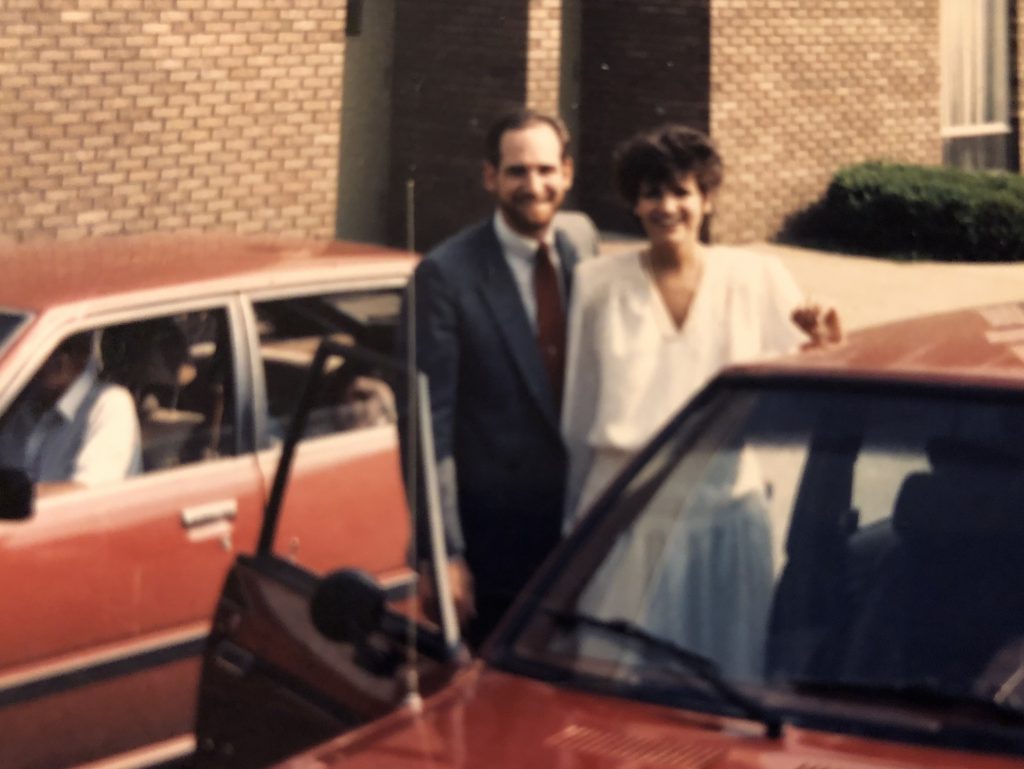 38 Years ago,
38 Years ago,
on June 9, 1986
the day after we got married
we were laying by the hotel pool we had all to ourselves
talking about the future;
we both assumed we’d never see 50 years together
because of our ages
and then
like now
have never been bothered much by how much time we’ve got
because of the time
WE HAVE
(and so the message that I usually include in each wedding ceremony
I conduct, is the message we’ve always taken to heart)
. . .Marriage is
HARD WORK
but it’s the best job
you’ll ever had. . .
I may have seemingly had The World to give
but Erin’s always had the grace to
bring me Home
We’ve been able to show each other
what we could have never seen alone. . .
 SHE MAKES THINGS GROW
SHE MAKES THINGS GROW
Pssssssssssssssssssssst:
Take it from a Drain
who’s been transformed into a
f o u n t a i n. . .


